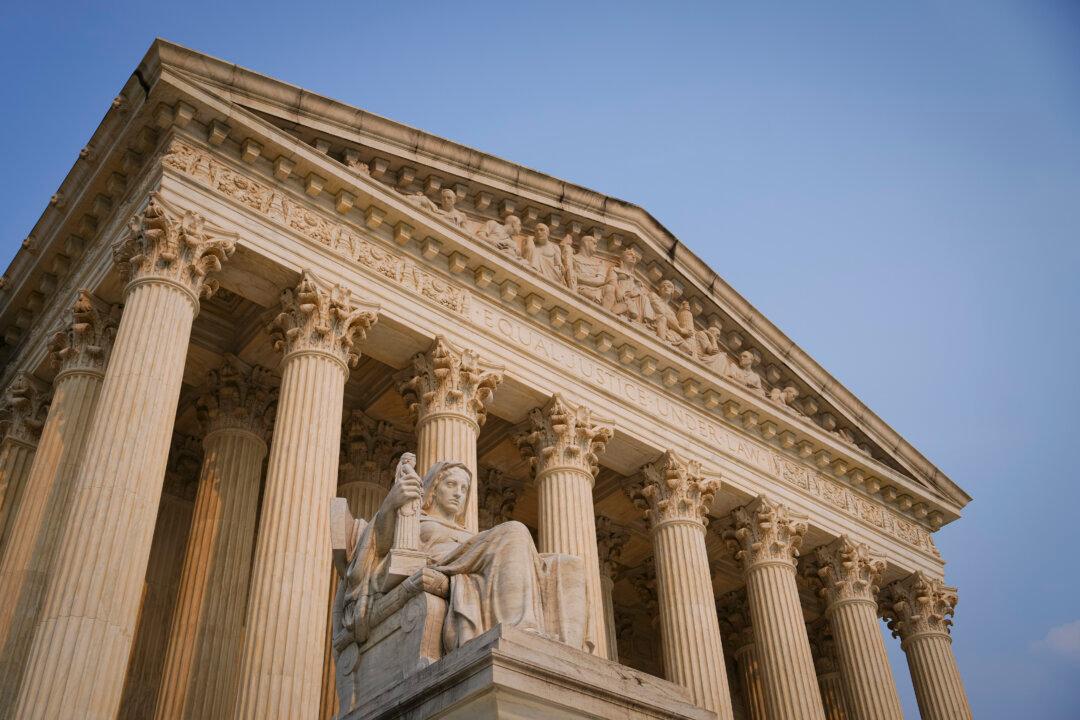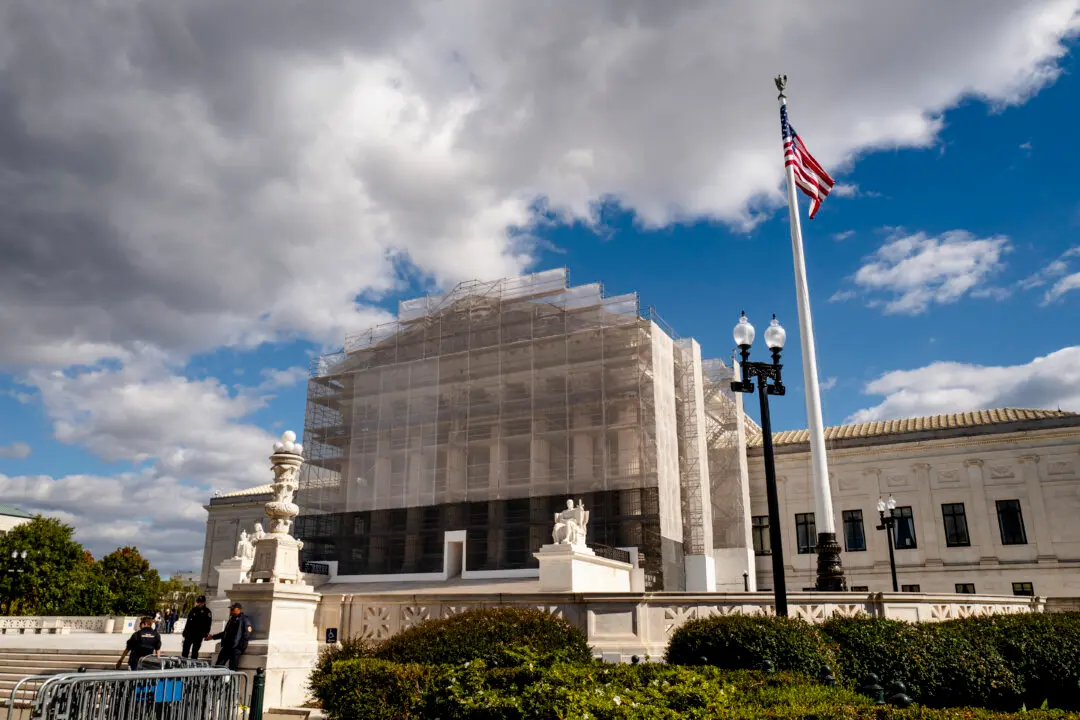Commentary
On June 15, the Supreme Court issued Haaland v. Brackeen (pdf). Among other issues, the court addressed the scope of the Constitution’s Commerce Clause. Specifically, it upheld the federal Indian Child Welfare Act (ICWA) as within Congress’s power to “regulate Commerce ... with the Indian Tribes.”





